Facility managers are always looking for ways to improve the bottom line, while simultaneously enhancing the overall experience for your customers and employees. As we all know there are many different ways to achieve this high-level goal. However, what might not be top of mind is updating your lighting. In today’s article we will discuss the merits of LED lighting, and why retrofitting your fluorescent lights to LED might make sense for your facility. Fluorescent lighting is a mainstay for a wide variety of commercial lighting applications. Facilities like: warehouses, retail, office spaces and schools all use fluorescents to illuminate their spaces. However this aging technology does not provide the most effective lighting. Below is a comparison of fluorescent lighting versus more efficient LED lighting technology. To start, these two different technologies utilize entirely different methods of producing light.
- Fluorescent bulbs: contain inert gas within the glass casing while LEDs are a solid-state technology. Fluorescent lights produce UV radiation and then convert it into visible light through the use of a phosphor coating inside the bulb.
- LEDs emit electromagnetic radiation across a small portion of the visible light spectrum and don’t waste energy by producing waste heat or non-visible electromagnetic radiation (such as UV).
So what are the compelling business reasons to consider an LED Fluorescent Tube Replacement?
-
Maintenance Cost Reduction
LED fluorescent tube replacement will lower your maintenance costs. Although LEDs have higher upfront costs, they last longer and require less replacing over time. Fluorescent lights have a better lifespan (7,000 to 25,000 hours) relative to some bulbs, but not compared to LEDs (50,000+ hours); LEDs have the longest lifespan of any lighting technology on the commercial market. Fluorescent bulbs require regular relamping and ballast replacement in addition to the labor cost to monitor and replace aging or expired components…all of this adds up over time. Note: Like metal halides, fluorescent lights sometimes need to be changed out before the end of their useful life to preempt serious degradation effects like flicker or changing light color (turning pink).
-
Improved Lighting Quality
from replacing fluorescents with LEDs. Light emitted from LEDs is likely to be much higher quality than traditional lighting solutions for two principal reasons. First, the way that objects are revealed when subject to LED emissions is very close to natural light. This means that objects will generally appear in color like you are used to seeing them during the day. Second, the amount of light that hits the target area is likely to be much higher for a given power rating than it will be with virtually any other light. In other words, the area you care about will get all of the light! LEDs also have better color rendering and correlated color temperature. Fluorescent tube lighting is commonly associated with a cold, bluish appearance, whereas LEDs display a whiter light.
-
Energy Savings
4ft LED tube wattage typically ranges from 12 watts to 20 watts, resulting in a 40%-60% percent reduction in energy consumption. The LED Lamp wattage range is so dramatic due to the need to adapt to the many different applications of fluorescent lighting. It is common for indoor LED fluorescent lamp applications utilize between 2 to 4 lamps per fixture. By using LED Fluorescent Tube replacements in these fixtures, it is possible to save up to $2,692 per year for a room currently using fluorescent light fixtures.
For these key reasons alone you owe it to yourself to speak with a LED lighting specialist to evaluate what the return on investment would be for your organization. If you have questions about our national LED Retrofit capabilities, call us at 610-558-9773, email [email protected] or schedule a call.

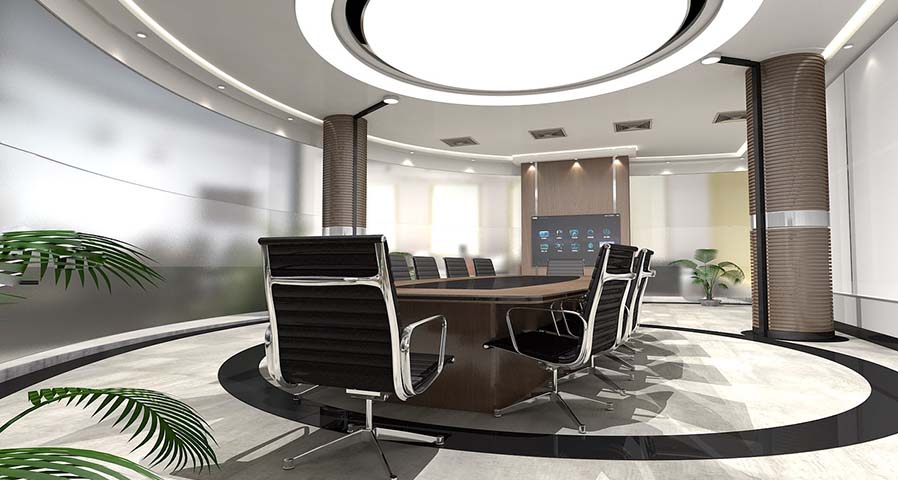
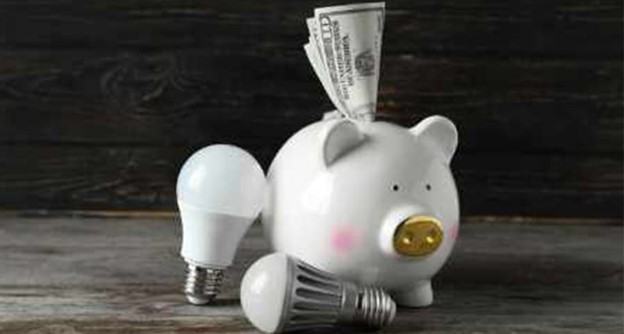
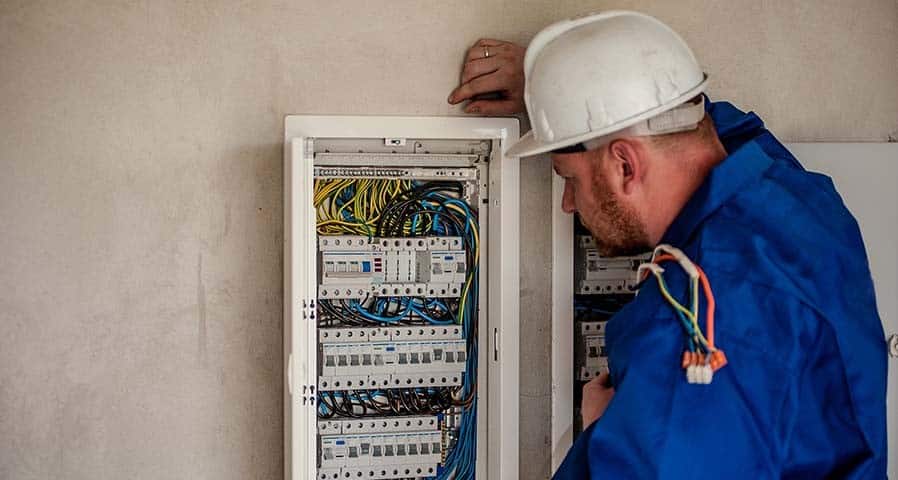
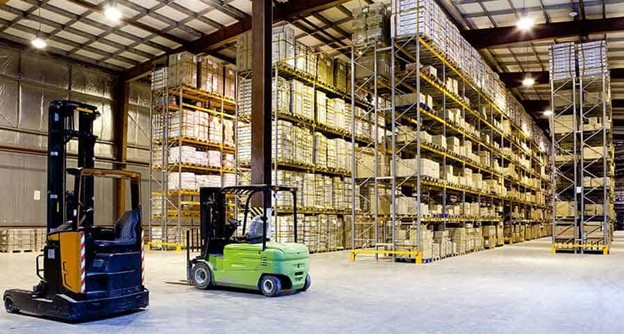
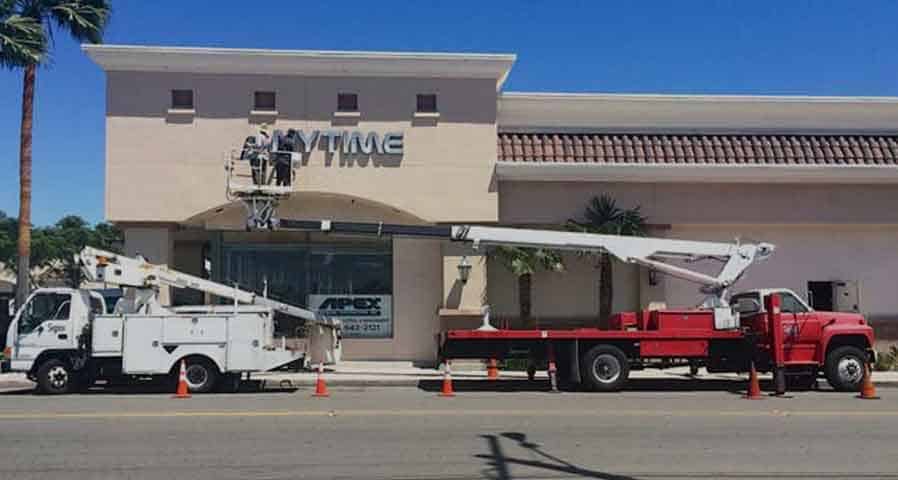

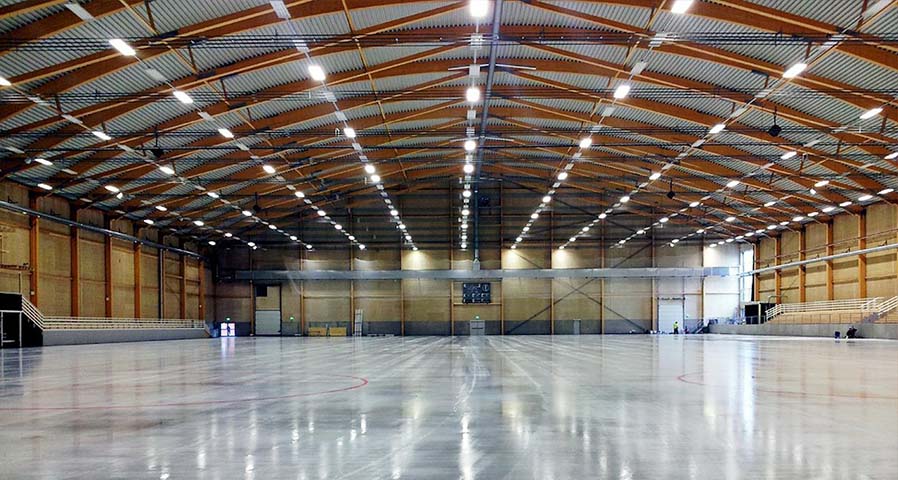
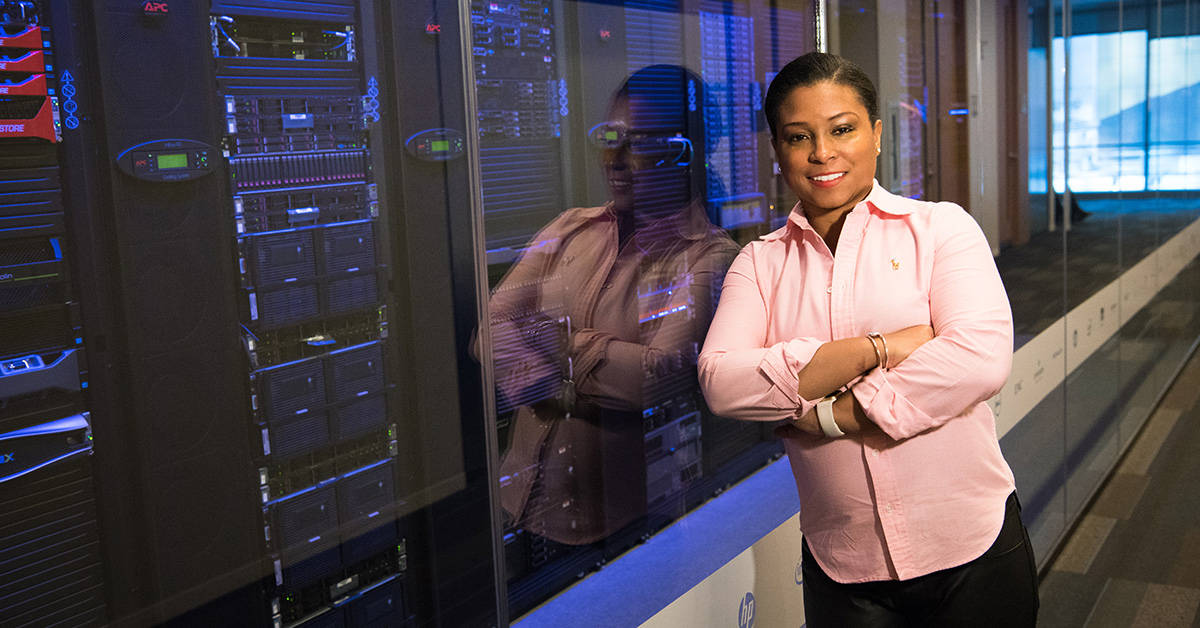






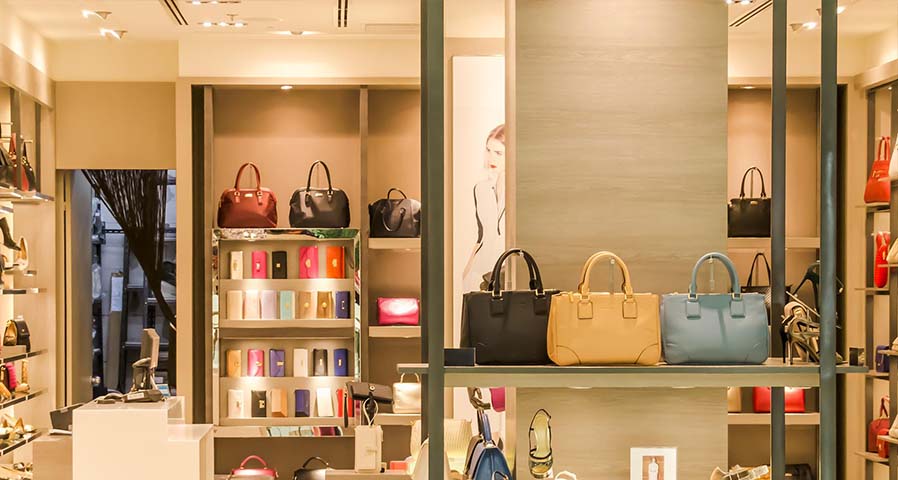
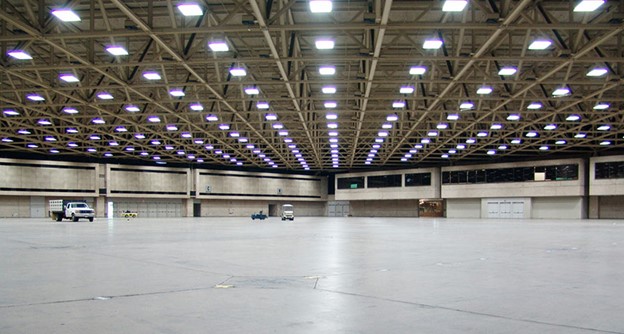
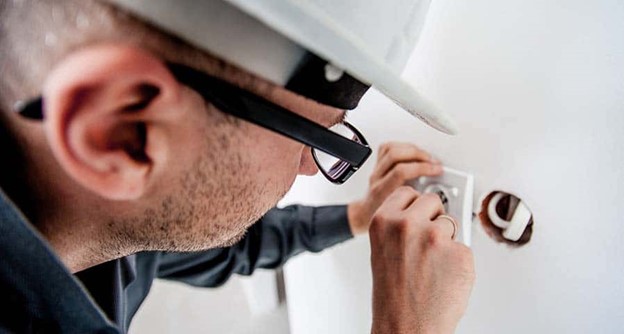
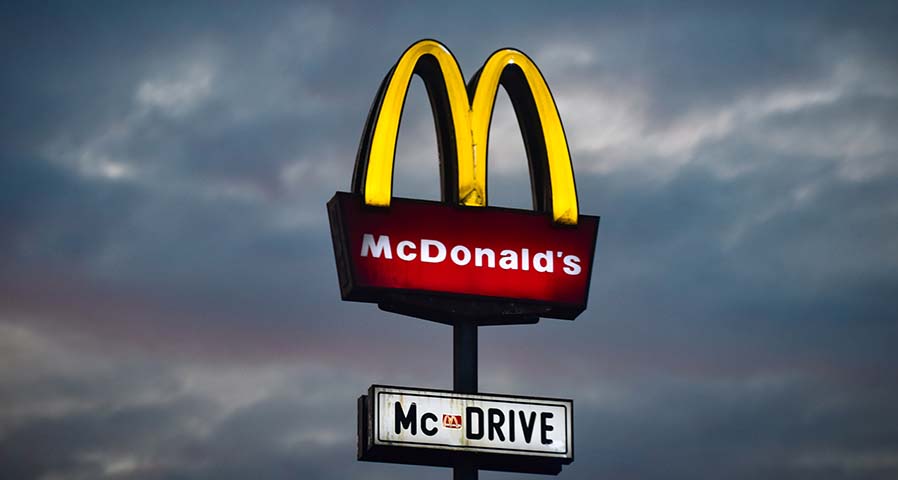
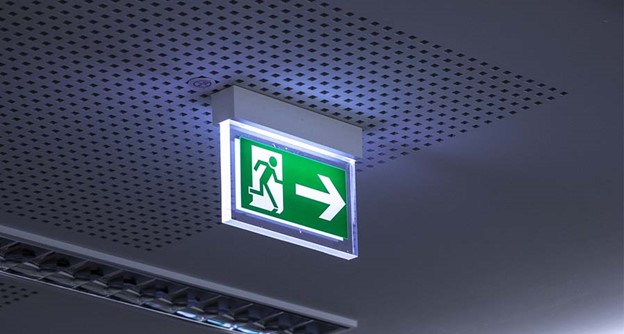
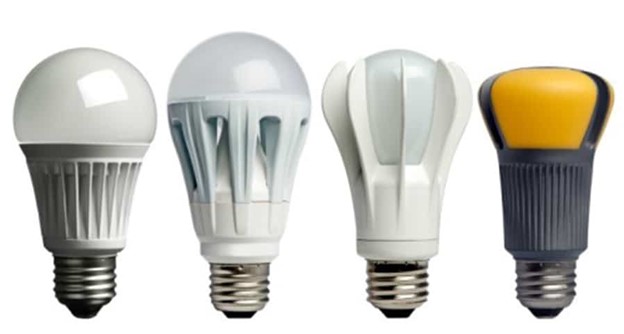
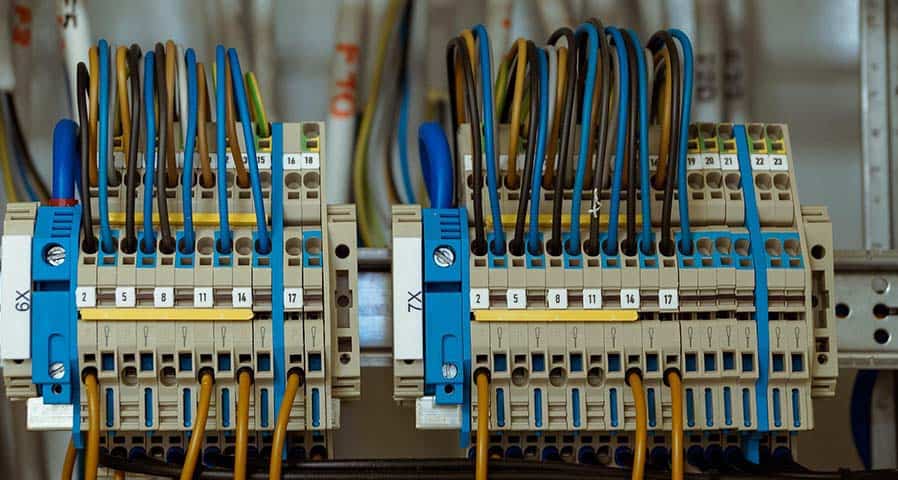
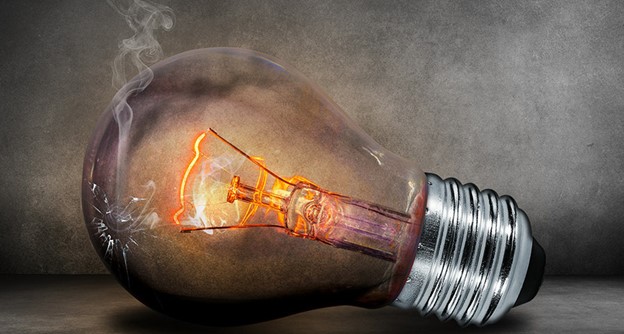


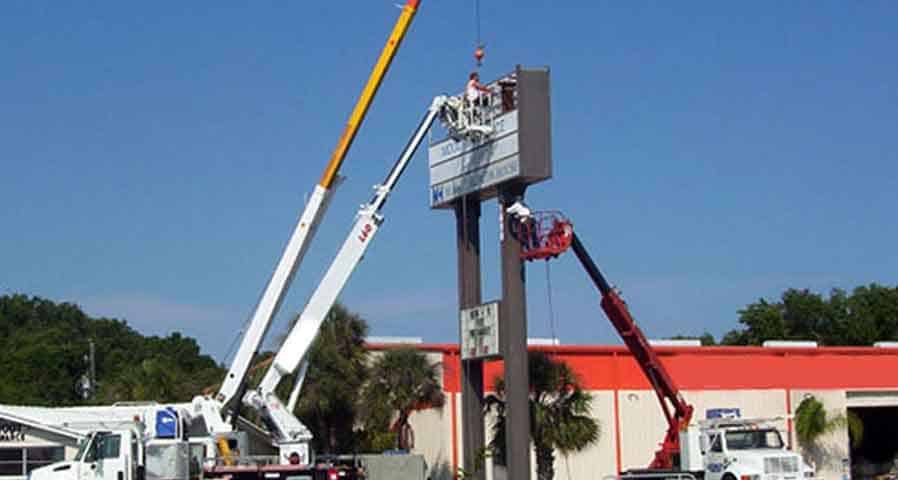

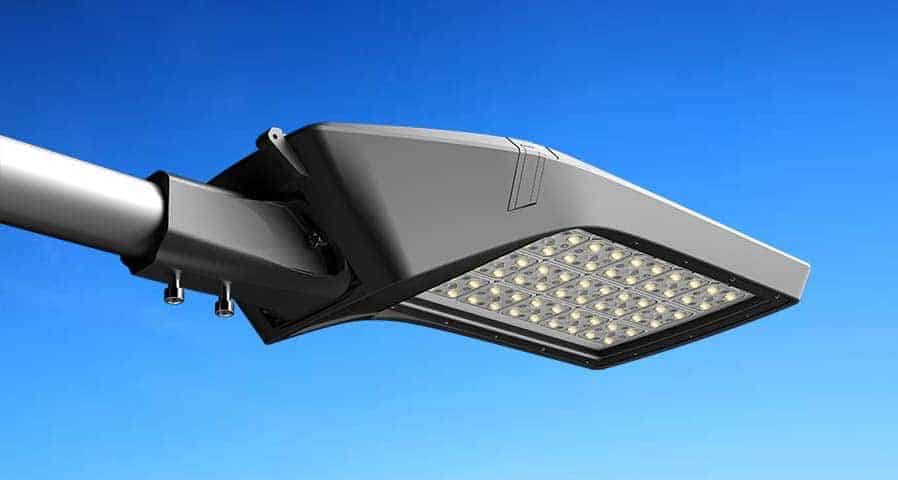
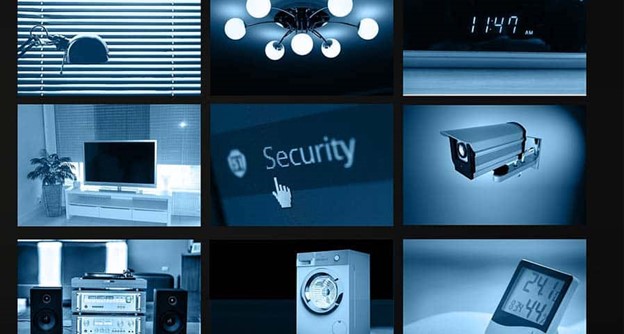
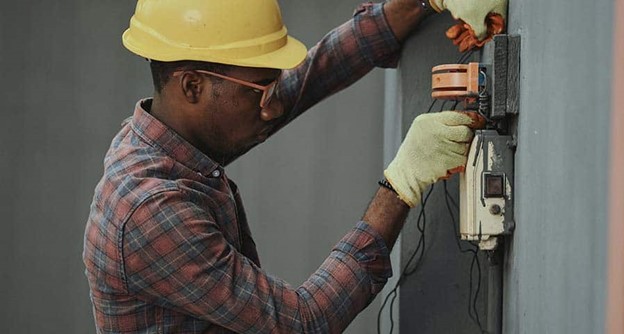
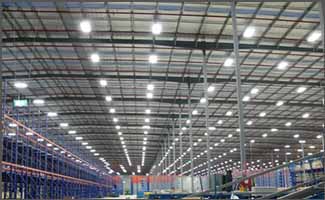
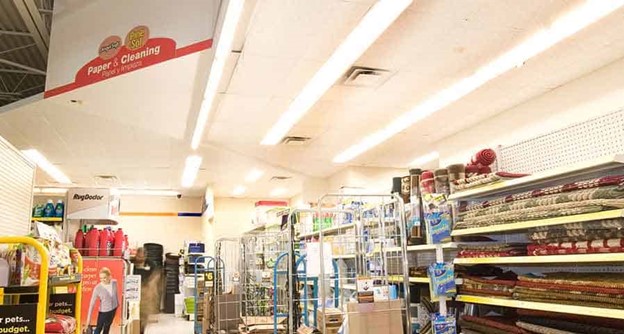

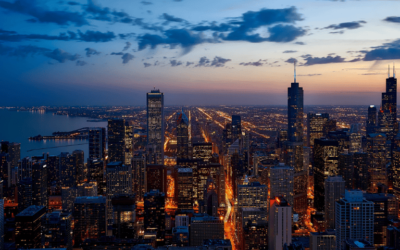

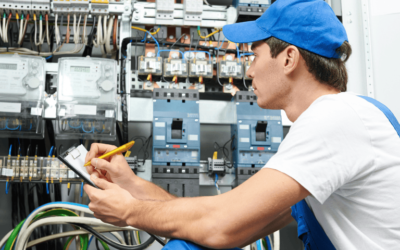

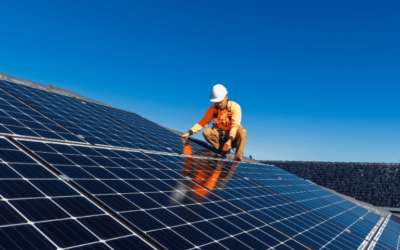
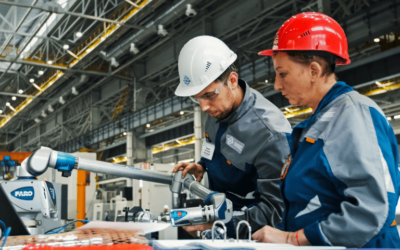
0 Comments